【转】 Tomcat+redis+nginx配置
为客户开发的一个绩效系统,采用了java web的开发方式,使用了一些spring mvc, mybatis之类的框架。相比于oracle ebs的二次开发,这种开发更加灵活,虽然和ebs集成的时候遇到一些问题,但是最后也都解决了。
在部署的时候,客户要求要能同事承受一两千人在线,相对于客户公司的总人数(七八万人),应该足够了。ebs的二次都是直接部署在oracle ebs的application server上面,之前也没怎么关注过程序的部署。这次采用tomcat部署,考虑到单个tomcat的最大也就能承受500左右的在线人数,这次采用了一个小的集群部署,使用了5个tomcat,反向代理使用的nginx。
现在程序基本稳定,压力测试也都能没什么大的问题,趁着有时间,把部署和配置都整理一下。
准备
apache tomcat 7.0.55
nginx 1.7.2
redis 2.8.9
配置环境使用三个tomcat, 三台tomcat、redis和nginx都在一台机器上,为了方便测试和部署。
大致的整个配置的架构:

在这个图中,nginx做为反向代理,将客户请求根据权重随机分配给三台tomcat服务器,redis做为三台tomcat的共享session数据服务器。
规划
redis
localhost:6379nginx
localhost:80tomcat
localhost:8081
localhost:8082
localhost:8083配置
tomcat
修改tomcat文件夹中conf/context.xml文件,在context节点下添加如下配置:
<Valve className="com.radiadesign.catalina.session.RedisSessionHandlerValve" />
<Manager className="com.radiadesign.catalina.session.RedisSessionManager"
host="localhost"
port="6379"
database="0"
maxInactiveInterval="60" />conf/server.xml文件中的端口根据规划依次修改。
另外要在tomcat的lib文件夹下分别添加三个jar文件,这个地方jar文件的版本有可能会有冲突,配置的时候需要多尝试。我这里的版本如下,是验证过可以使用的,通过maven的库都可以下载到。
tomcat-redis-session-manager-1.2-tomcat-7.jar
jedis-2.2.0.jar
commons-pool-1.6.jar
nginx
修改nginx文件目中的conf/nginx.conf文件为:
#user nobody;
worker_processes 1;
error_log logs/error.log;
pid logs/nginx.pid;
events {
worker_connections 1024;
}
http {
include mime.types;
default_type application/octet-stream;
log_format main '$remote_addr - $remote_user [$time_local] "$request" '
'$status $body_bytes_sent "$http_referer" '
'"$http_user_agent" "$http_x_forwarded_for"';
access_log logs/access.log main;
sendfile on;
#tcp_nopush on;
#keepalive_timeout 0;
keepalive_timeout 65;
#gzip on;
upstream localhost {
server localhost:8081 weight=1;
server localhost:8082 weight=2;
server localhost:8083 weight=3;
}
server {
listen 80;
server_name localhost;
#charset koi8-r;
#access_log logs/host.access.log main;
location / {
root html;
index index.html index.htm;
proxy_pass http://localhost;
proxy_set_header X-Real-IP $remote_addr;
client_max_body_size 100m;
}
#error_page 404 /404.html;
# redirect server error pages to the static page /50x.html
#
error_page 500 502 503 504 /50x.html;
location = /50x.html {
root html;
}
}
}redis的配置就直接使用默认配置,因为只是测试用,和tomcat一样没有做参数优化配置。
运行
分别启动redis、nginx和三台tomcat。
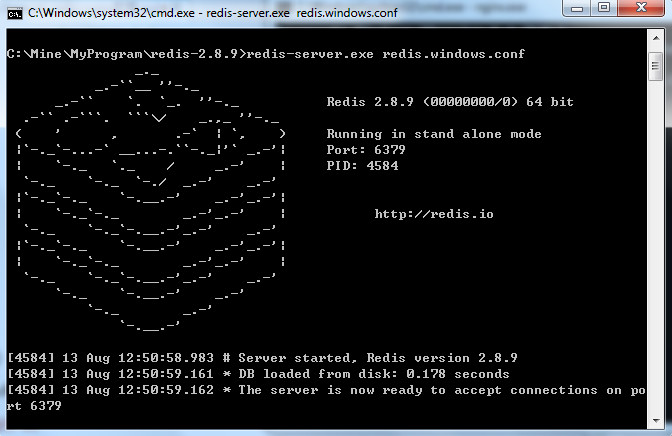
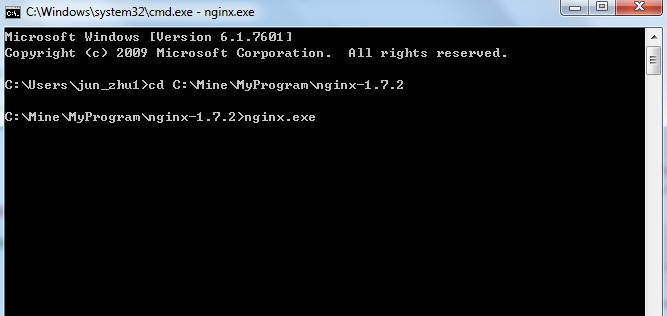
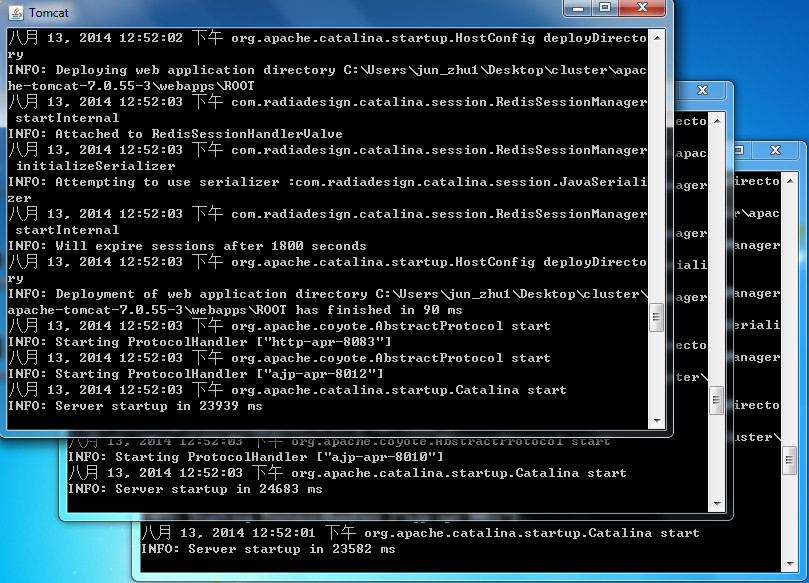
测试
在三个tomcat的webapps/ROOT目录下,分别添加session.jsp
<%@ page language="java" contentType="text/html; charset=UTF-8" pageEncoding="UTF-8"%>
<!DOCTYPE html>
<html>
<head>
<meta http-equiv="Content-Type" content="text/html; charset=UTF-8">
<title>shared session</title>
</head>
<body>
<br>session id=<%=session.getId()%>
<br>tomcat 3
</body>
</html>注:每个tomcat下的标示不同
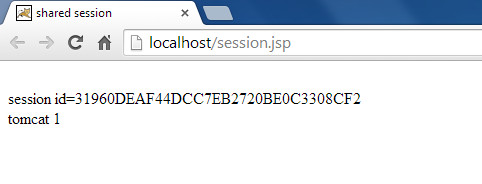
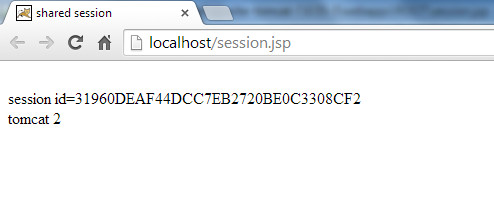

从截图中,可以看出,分别访问了不同的tomcat,但是得到的session却是相同的,说明达到了集群的目的。
在这个架构中,有个明显的瓶颈,就是数据库。因为使用了企业级的oracle数据库,所以在压力测试种也没有出现大的问题。但是作为后续的可以优化的地方,数据库是一定要做读写分离的。
原文地址:https://my.oschina.net/liting/blog/535273



